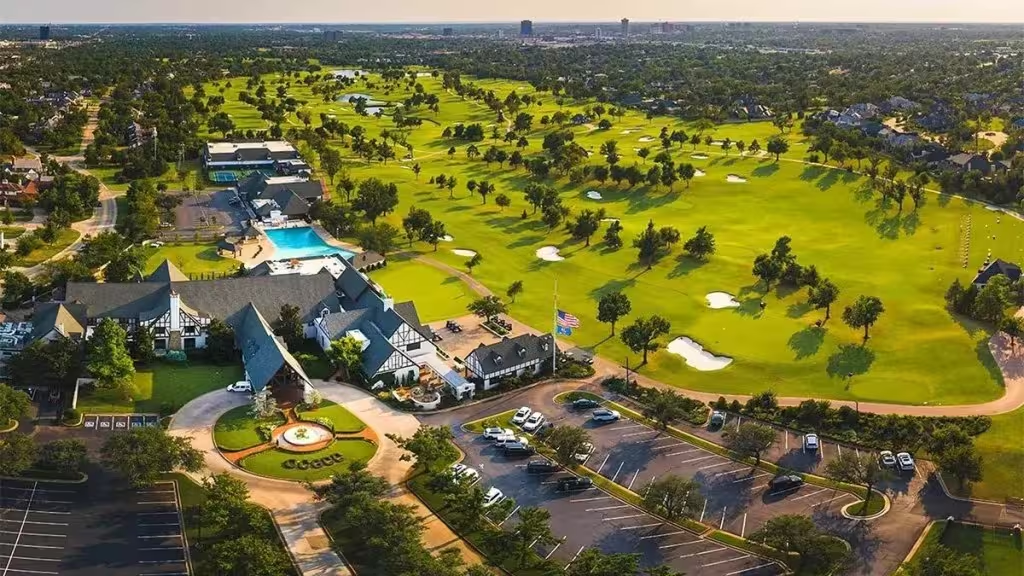To know Oklahoma City Golf & Country Club is to know Perry Maxwell. To know Maxwell is to know the history of American golf architecture. And the country club north of downtown Oklahoma City, which is hosting this week’s Jackson T. Stephens Cup, has plenty of stories to tell in its more than 100-year history.
In 1911, 300 residents of Oklahoma City founded the club, which was born in a different location about 3 miles south of where it’s located present day.
The club’s membership grew like wildfire, and ideas quickly became talking points regarding relocation. G.A. Nichols, the developer of Nichols Hills, a suburb north of Oklahoma City, dreamed of creating a “perfect” subdivision for families. A golfer, Nichols believed an essential part of the development was to centralize a prestigious golf course.
Enter Maxwell, who lived in Ardmore about two hours south of Oklahoma City. He was making a name for himself in the 1920s after his first golf course design, Dornick Hills, was noted for its stern challenge but playability for all skill levels.
The golf course at Oklahoma City Golf & Country Club opened in 1929, with the help of Alister MacKenzie, and has never looked back.
A year later, Nichols proposed a trade to the officers of the Oklahoma City Golf & Country Club: the 160 acres of land on Western for 163 acres in Nichols Hills with a clubhouse, swimming pool, and 18-hole Perry Maxwell designed golf course. In November, 1930, the board members of the
Oklahoma City Golf & Country Club had their first meeting in the new club, and this became the club’s permanent location.
For the members, little did they know how significant that trade of land would become in the history of American golf architecture and golf in Oklahoma, as well.
Maxwell would go on to design Southern Hills Country Club in Tulsa, which has hosted numerous major championships. He also had a hand in renovating Augusta National Golf Club, where the Masters is held each year. In Oklahoma City, he also designed Twin Hills. The list goes on.
For Oklahoma City Golf & Country Club, it’s one of the most storied courses in the state, and its significance shines even brighter after a recent renovation completed in 2020.
Trip Davis and Associates renovated greens and bunkers, drainage, cart paths, tee boxes and re-grassed most of the course, using Latitude 36 Bermudagrass for tees and fairways, and 007 bentgrass for the greens. Work also included restoring the original irregular…
..
Click Here to Read the Full Original Article at Golfweek…
